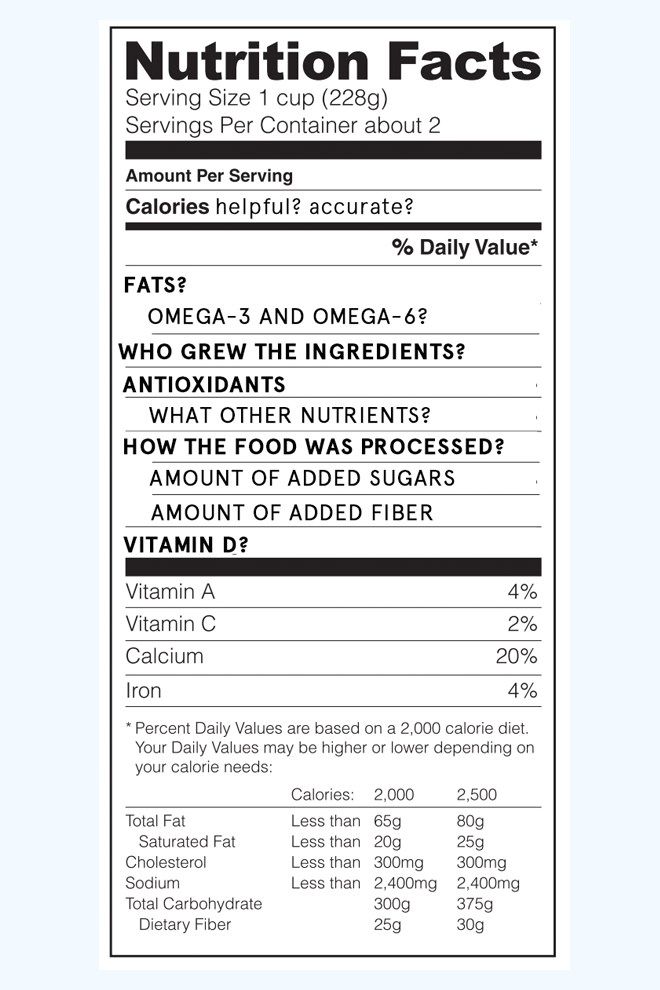Yummy Body’s Top 5 Healthy Eating Tips
When it comes to eating healthy, the best tips are easy and practical. While diets and major lifestyle changes are trendy and all over social media, the truth is that simple changes lead to big results. To make implementing healthy eating tips sustainable, we recommend picking a few tips to begin and adding more as you become comfortable. These dietitian-approved healthy eating tips provide a starting point for you to create a healthy eating toolbox for long-lasting results.
Yummy Body’s Top 5 Healthy Eating Tips
-
-
Read Nutrition Labels and Select Whole Foods
-
When reading food labels, it is important to examine the composition and quality of the products. Do the ingredients reflect the marketing on the label? For example, if the yogurt says “strawberry yogurt,” then strawberry should be a main ingredient instead of “natural strawberry flavor”. When grocery shopping, use the ingredient list to help you choose foods that are minimally processed (ideally less than 5 ingredients). The best way to accomplish this is to eat less packaged foods. By consuming more whole foods or minimally processed foods, you naturally will consume more fiber and micronutrients and less added sugar, sodium, and saturated fat.
-
-
Follow the Plate Method
-
It can be overwhelming to learn how to create a healthy meal, but the plate method provides an easy visual and template to ensure you meet your nutritional needs. In addition, it has a portion guide to ensure you eat a balanced and satisfying meal containing each hunger-crushing dietary component: protein, fat, and fiber. The below combination of fat, protein, and fiber ensures you get all your macronutrients and micronutrients and are satisfied without feeling hungry minutes later.
-
-
Plan out your Meals
-
The best way to set yourself up for success is to plan your weekly meals to make eating healthy the easy, default choice. We recommend buying a fun meal planning journal to map out your meals and snacks for the week and create grocery shopping lists. This takes away the stress and anxiety around eating on busy nights. Meal prep can be customized to whatever is best for you; whether you are preparing ingredients that can be quickly turned into meals, cooking meals that simply need to be reheated, or a combination of both. To minimize time in the kitchen, you can even purchase pre-chopped fruits and vegetables, microwavable grains or potatoes, or steam-bagged greens.
-
-
Cook More Meals at Home
-
Looking for a simple swap to eat healthier? Cook more meals at home instead of eating out at restaurants. Why? Restaurant meals almost always contain more sodium, saturated fat, added sugar, and calories when compared to meals prepared at home. A 2014 study from Johns Hopkins University found that individuals who cooked at home consumed fewer calories and sugars compared to those who only cooked one meal at home each week, regardless of whether they were trying to lose weight. Cooking at home gives you control of the portion size and ingredients, enabling you to prepare all the foods you love in the method you prefer. Additionally, most recipes online provide nutritional information and recommended serving sizes. Sharing a meal at home provides benefits beyond nutrition, such as bonding time with a partner, family member, or friend!
-
-
Eat a Variety of Foods
-
Variety is the key to maintaining a healthy diet. No one wants to eat chicken, broccoli, and brown rice for every meal! Not only does consuming various foods provide you with different nutrients, but it also prevents boredom. There are several strategies to add variety to your routine: from “eating the rainbow” (eating different colored fruits and vegetables daily) to exploring new cuisines (Italian, Indian, Greek, Japanese, Spanish, etc.), to experimenting with cooking methods (grilling, roasting, air-frying, cooking in the crockpot, sauteing), to utilizing new herbs and spices.
